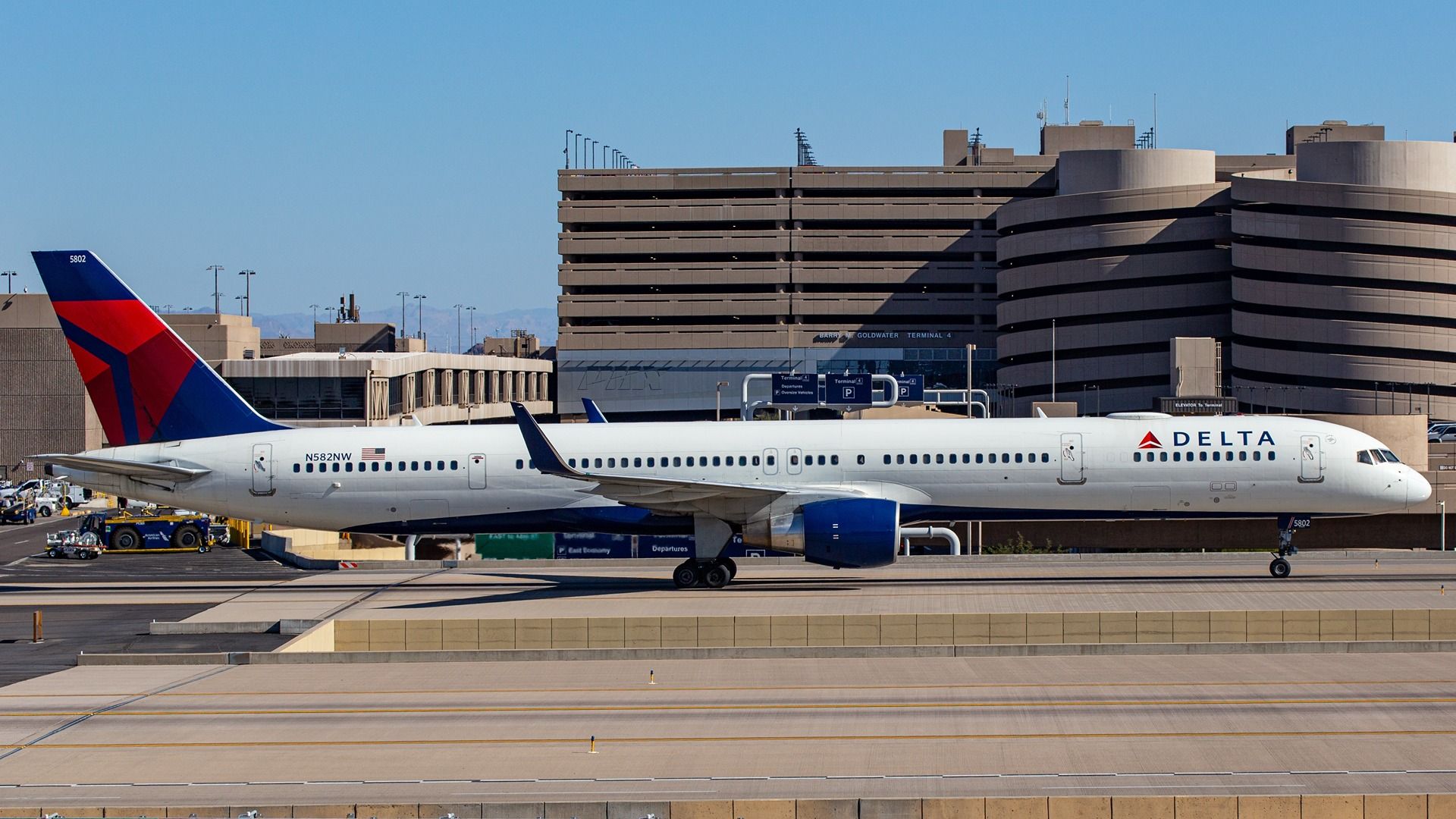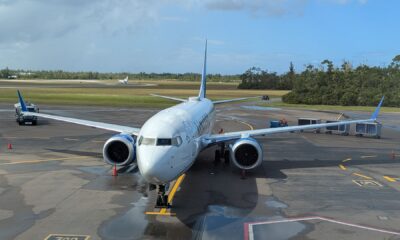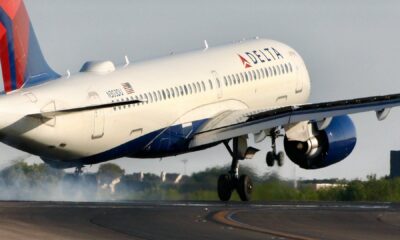World
NTSB Unveils Findings on Delta 757 Aborted Takeoff in Atlanta

The National Transportation Safety Board (NTSB) has published its final report regarding the aborted takeoff of a Delta Air Lines Boeing 757-300 at Hartsfield-Jackson Atlanta International Airport (ATL) on January 10, 2025. The incident occurred when the flight crew detected an issue with engine number two, prompting them to reject the takeoff. Following this decision, the captain requested assistance from Aircraft Rescue and Fire Fighting (ARFF) services, while the crew initiated the engine failure checklist.
Upon further investigation, NTSB officials discovered that an airport operations vehicle reported flames emerging from the right engine, even though the cockpit indicated no signs of fire. Passengers onboard also alerted flight attendants to a fire near the same engine.
Details of the Incident
The aircraft, registered as N589NW, was operating flight DL2668, destined for Minneapolis Saint Paul International Airport (MSP). This Boeing 757-300, which is approximately 22.7 years old, is configured to carry a total of 234 passengers in a three-class layout: 24 in business, 32 in economy plus, and 178 in economy class.
As a precautionary measure, passengers were evacuated via emergency slides as the situation unfolded. The evacuation was initiated after the cockpit received reports of visible flames on the wing. While the flight attendants were relaying information regarding the fire, the captain commenced the evacuation procedure. During this emergency, one passenger sustained a serious injury, specifically a compression fracture of a vertebra, while seven others experienced minor injuries.
Pre-Flight Preparations and Takeoff
Before the flight’s departure to MSP, the Delta Boeing 757-300 underwent two de-icing treatments. According to the NTSB report, after completing preflight checklists, the crew pushed back from the gate and proceeded to the Ramp 6 South de-ice pad at ATL. The aircraft was treated with Type I and Type IV de-icing fluids, but ice reaccumulation necessitated a second application.
Following the second de-icing, both engines were inspected, and the de-ice crew confirmed that the aircraft was clear of ice before restarting the engines. The aircraft then taxied to Runway 9L and received clearance for takeoff. During the takeoff roll, at approximately 100 knots, the captain reported a directional control issue, leading to the decision to abort the takeoff.
Understanding Aborted Takeoffs
Aborted takeoffs, while not frequent, occur when an aircraft accelerates down the runway but halts before takeoff for various reasons, including mechanical issues or situational concerns. In this case, the engine problem was a critical factor. Following an aborted takeoff, aircraft typically return to the gate for inspection, unless they require cooling periods for the brakes due to hard braking.
The NTSB’s report highlights the importance of safety protocols in aviation and the swift actions taken by the flight crew and emergency services during the incident. As investigations conclude, this incident serves as a reminder of the complexities and challenges faced in air travel.
-

 Politics4 weeks ago
Politics4 weeks agoSecwepemc First Nation Seeks Aboriginal Title Over Kamloops Area
-

 World5 months ago
World5 months agoScientists Unearth Ancient Antarctic Ice to Unlock Climate Secrets
-

 Entertainment5 months ago
Entertainment5 months agoTrump and McCormick to Announce $70 Billion Energy Investments
-

 Science5 months ago
Science5 months agoFour Astronauts Return to Earth After International Space Station Mission
-

 Lifestyle5 months ago
Lifestyle5 months agoTransLink Launches Food Truck Program to Boost Revenue in Vancouver
-

 Technology3 months ago
Technology3 months agoApple Notes Enhances Functionality with Markdown Support in macOS 26
-

 Lifestyle3 months ago
Lifestyle3 months agoManitoba’s Burger Champion Shines Again Amid Dining Innovations
-

 Top Stories2 months ago
Top Stories2 months agoUrgent Update: Fatal Crash on Highway 99 Claims Life of Pitt Meadows Man
-

 Politics4 months ago
Politics4 months agoUkrainian Tennis Star Elina Svitolina Faces Death Threats Online
-

 Sports5 months ago
Sports5 months agoSearch Underway for Missing Hunter Amid Hokkaido Bear Emergency
-

 Politics5 months ago
Politics5 months agoCarney Engages First Nations Leaders at Development Law Summit
-

 Technology5 months ago
Technology5 months agoFrosthaven Launches Early Access on July 31, 2025





















